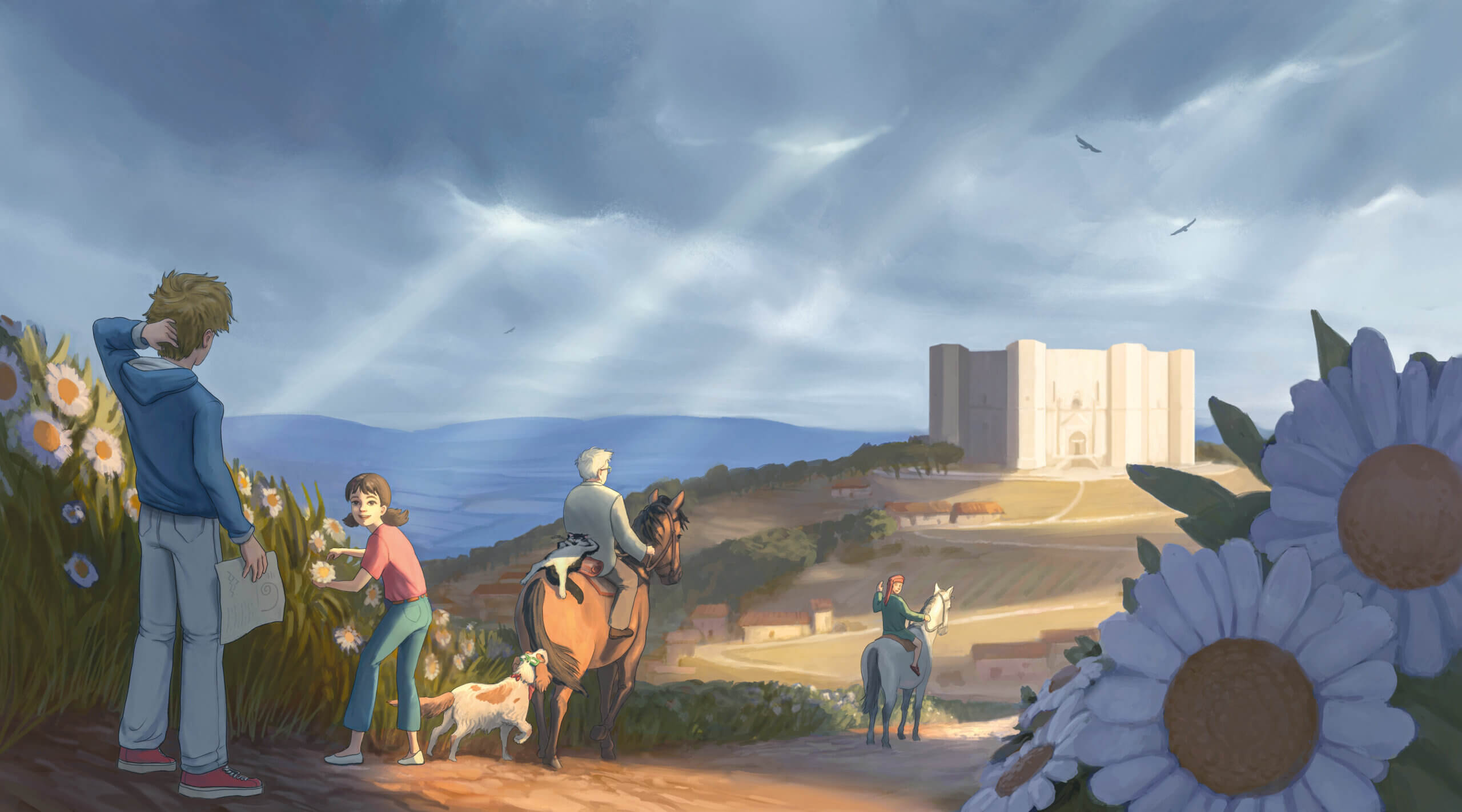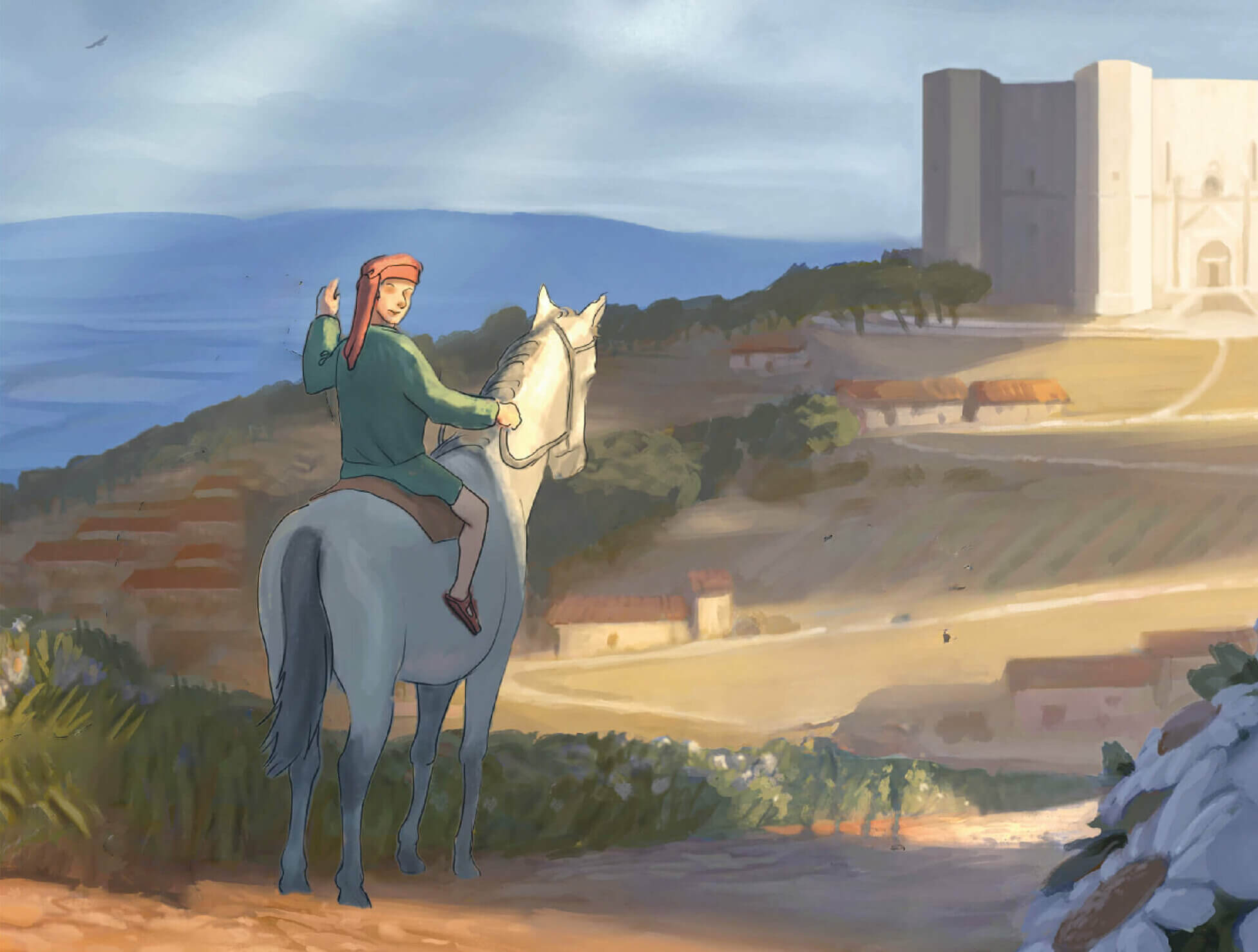The Middle Ages

When we think of the Middle Ages, we think of castles and fortresses, but this period also saw the construction of incredible cathedrals, majestic buildings of dizzying heights that reached ever higher into the sky.
Discover all the inventions that changed the world in the Art & Science sticker album.
THE MEDIEVAL MATHEMATICIAN

Leonardo Fibonacci, the brilliant mathematician of the Middle Ages.
Born in Pisa in 1170, he followed his father, a merchant from the Maritime Republic, on his travels in North Africa. It was there that he first encountered Indo-Arabic numerals (the numbers we still use today from 0 to 9) and realized how much simpler they were compared to the Roman system.
Looking at the Arab merchants, he realized that they were better at calculating and definitely faster. He wrote 4 texts, the most famous of which is “Liber Abaci” (Book of Calculation) in which he explains the decimal system and how to perform the 4 operations. In the same book, he explains the sequence of numbers that bears his name. Each number in the sequence, except 0 and 1, is the sum of the two preceding numbers.
In fact, if you try, you’ll see it’s true!
0, 1, 1, 2, 3, 5, 8, 13, 21…
Legend has it that in 1223, during a mathematical tournament, Emperor Frederick II challenged the competitors with the following question:
“A breeder puts a pair of rabbits in a pen. How many pairs of rabbits can be produced from this pair in one year, assuming that every month each pair produces a new pair that becomes fertile from the second month onward?”
Fibonacci brilliantly answered the question, explaining that 233 was the total number of pairs obtained after one year, and that the answer could be explained by the sequence of numbers he had studied.
This sequence of numbers, which, let’s face it, has something magical about it, doesn’t just involve rabbits, but is hidden in many forms in nature: from daisies to sunflowers, pinecones to seashells!
Have you ever noticed how many petals some flowers have?
Irises have 3 petals, buttercups or dog roses have 5, larkspur has 8, marigolds have 13, and so on.
But it’s not just the petals that follow the Fibonacci sequence, the stamens do as well.
In addition to flowers, many plants in nature develop leaves and flowers in a spiral, creating repetitive patterns like fractals, which create fascinating shapes like Romanesco broccoli!
From now on, you’ll be counting the petals on every flower, and you’ll never be able to resist a bowl of broccoli!
In the picture: Leonardo Fibonacci on his way to the castle of Frederick II, from the Art and Science album.
Do you know about all the inventions of the Middle Ages? And its magnificent architecture?
Read more:
This and other interesting facts can be found in the Art and Science album.
Explore the Art and Science album!